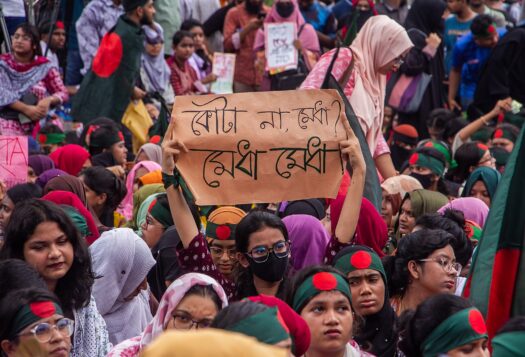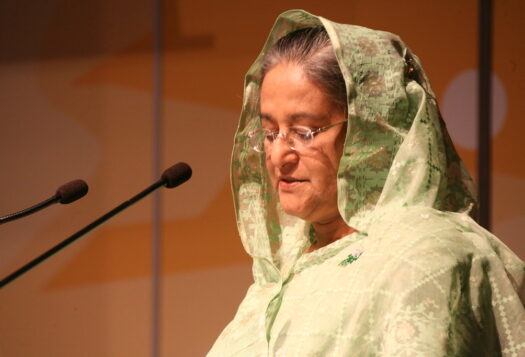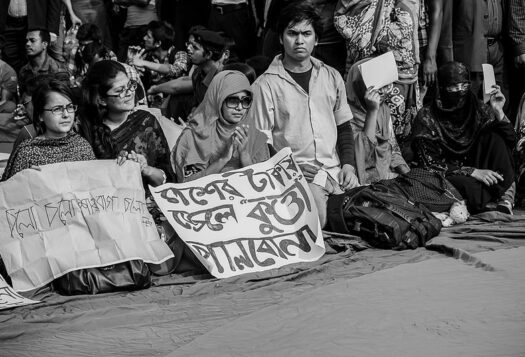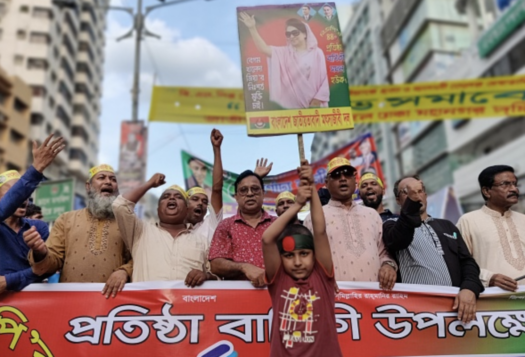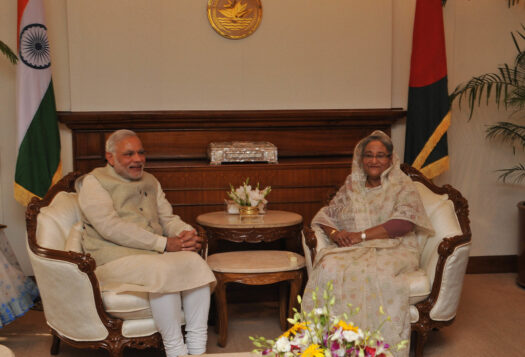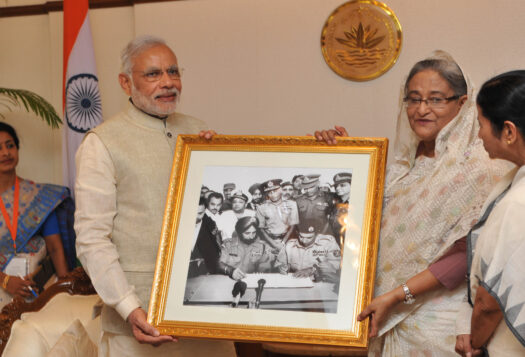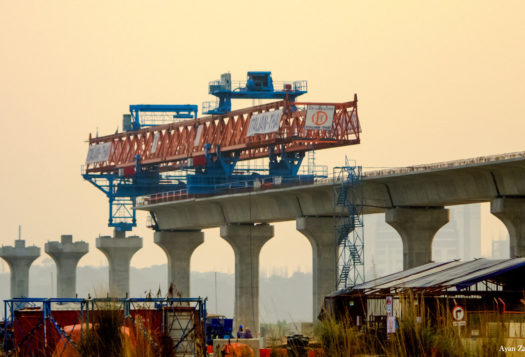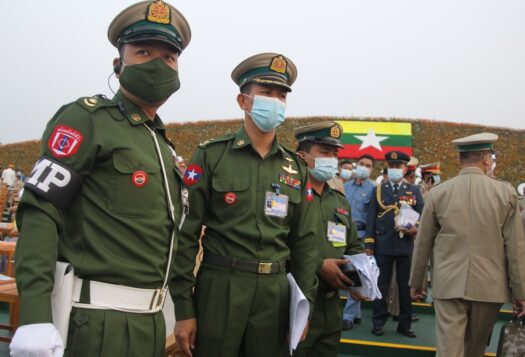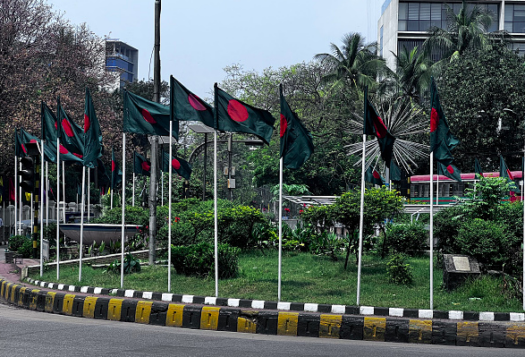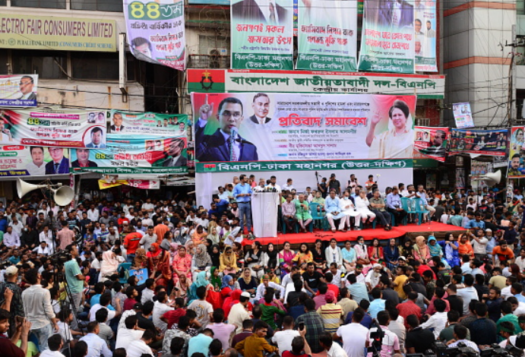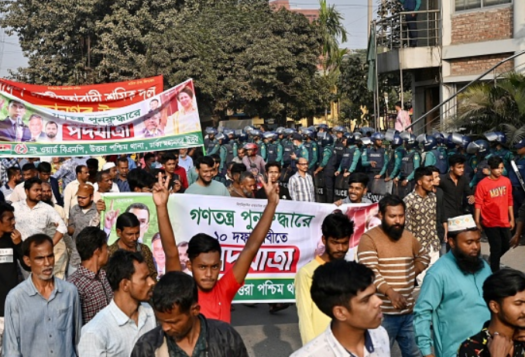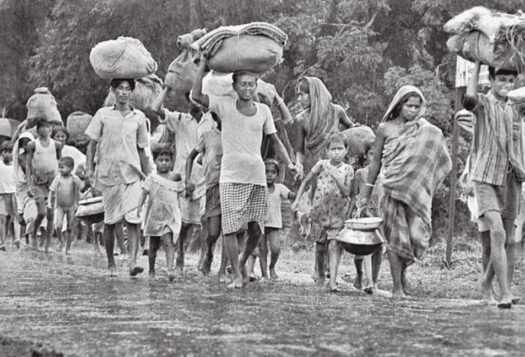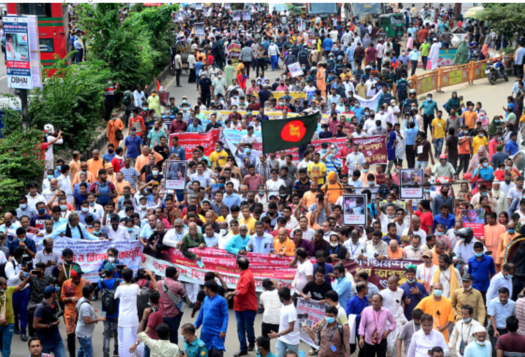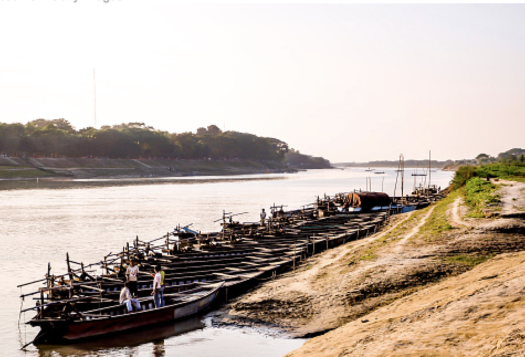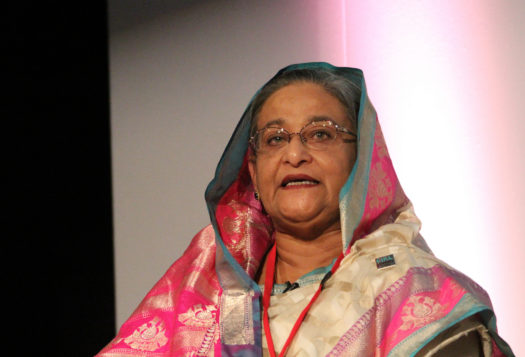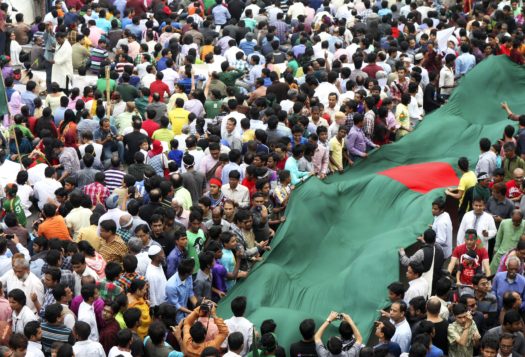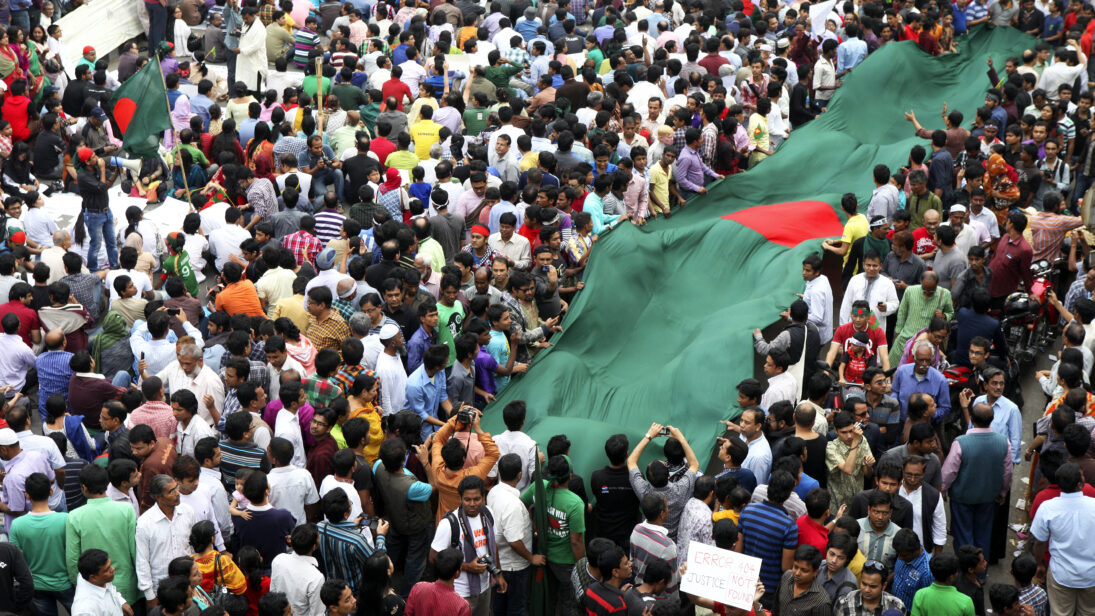
On August 5, former Prime Minister of Bangladesh Sheikh Hasina resigned and fled the country after weeks of nation-wide protests demanding an end to to what many viewed as increasingly authoritarian rule. What began as a student protest against a controversial quota system for government jobs evolved into a nationwide revolutionary movement, which is seen as a reaction to 15 years of corruption, state violence, repression of the media and opposition, and autocratic governance. Even after Hasina’s departure to India and triggered by the state’s heavy-handed response that left 300+ dead as of August 8, the movement has not subsided. Many see this moment as a glimmer of hope for Bangladesh’s democracy. However, the violence has left especially minorities vulnerable and occurs at a time of great economic instability in the country.
In this collection, South Asian Voices’ editors compile ongoing and past analyses of the political, economic, social, and geopolitical factors that have led to this pivotal moment in Bangladesh’s history. These articles delve into Bangladesh’s economic challenges, the simultaneous rise of religious nationalism and state repression, and Dhaka’s challenging relationships with India, China, and the United States.
Please check back regularly as we continue to update this collection with new perspectives and developments.
***
Image 1: Bangladesh Protests via Flickr
